Governors Island National Monument
From 1794 to 1966, the U.S. Army on Governors Island was part of the social, political, and economic tapestry of New York City. Today, the island is a vibrant summer seasonal venue of art, culture, and performance against the backdrop of two centuries of military heritage and the skyline of one of the great cities of the world. The island is open to the public. Check Alerts
Governors Island is located in New York Harbor, 1/2 mile from the southern tip of Lower Manhattan and 400 yards west of the end of Brooklyn's Atlantic Avenue and Red Hook waterfront. It is accessible only via ferry. Ferry service from Manhattan is the main way to access the island. During the summer public access season, the ferry departs from Battery Maritime Building at 10 South Street, at South and Whitehall Streets (next to the Staten Island ferry terminal). Check www.govisland.com for ferry schedules.
- Biking
- Road Biking
- Food
- Picnicking
- Guided Tours
- Junior Ranger Program
- Museum Exhibits
- Shopping
- Bookstore and Park Store
- Gift Shop and Souvenirs
- Architecture and Building
- American Revolution
- Forts
- Incarceration
- Jails and Prisons
- Maritime
- Coastal Defenses
- Maritime - Military
- Military
- US Army
- US Coast Guard
- Monuments and Memorials
- Wars and Conflicts
- American Revolutionary War
- Civil War
Fort Jay gate house and moat.
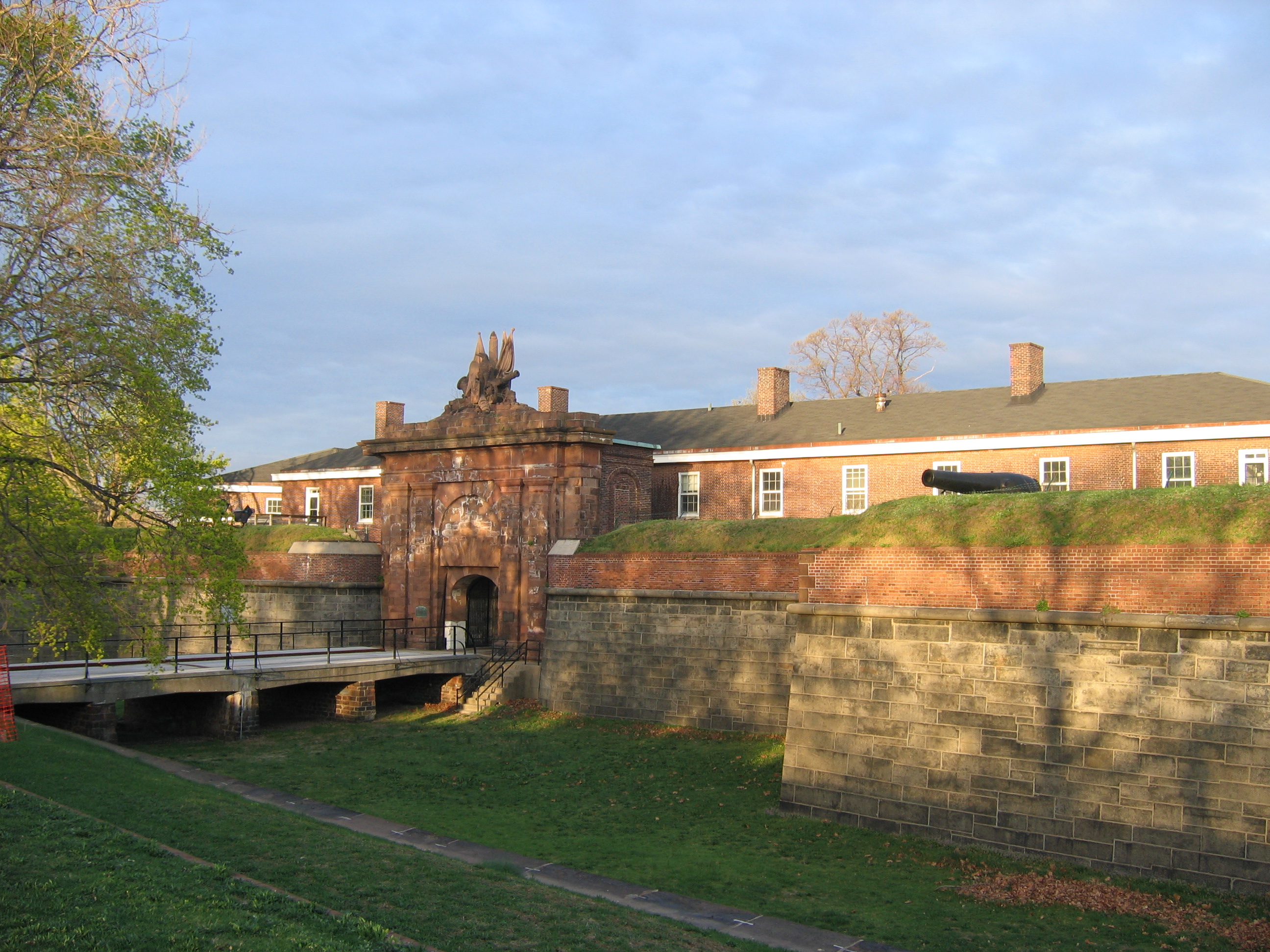
An early spring morning view of Fort Jay. The gate house is the oldest structure on Governors Island dating back to 1794.
Castle Williams at Governors Island National Monument
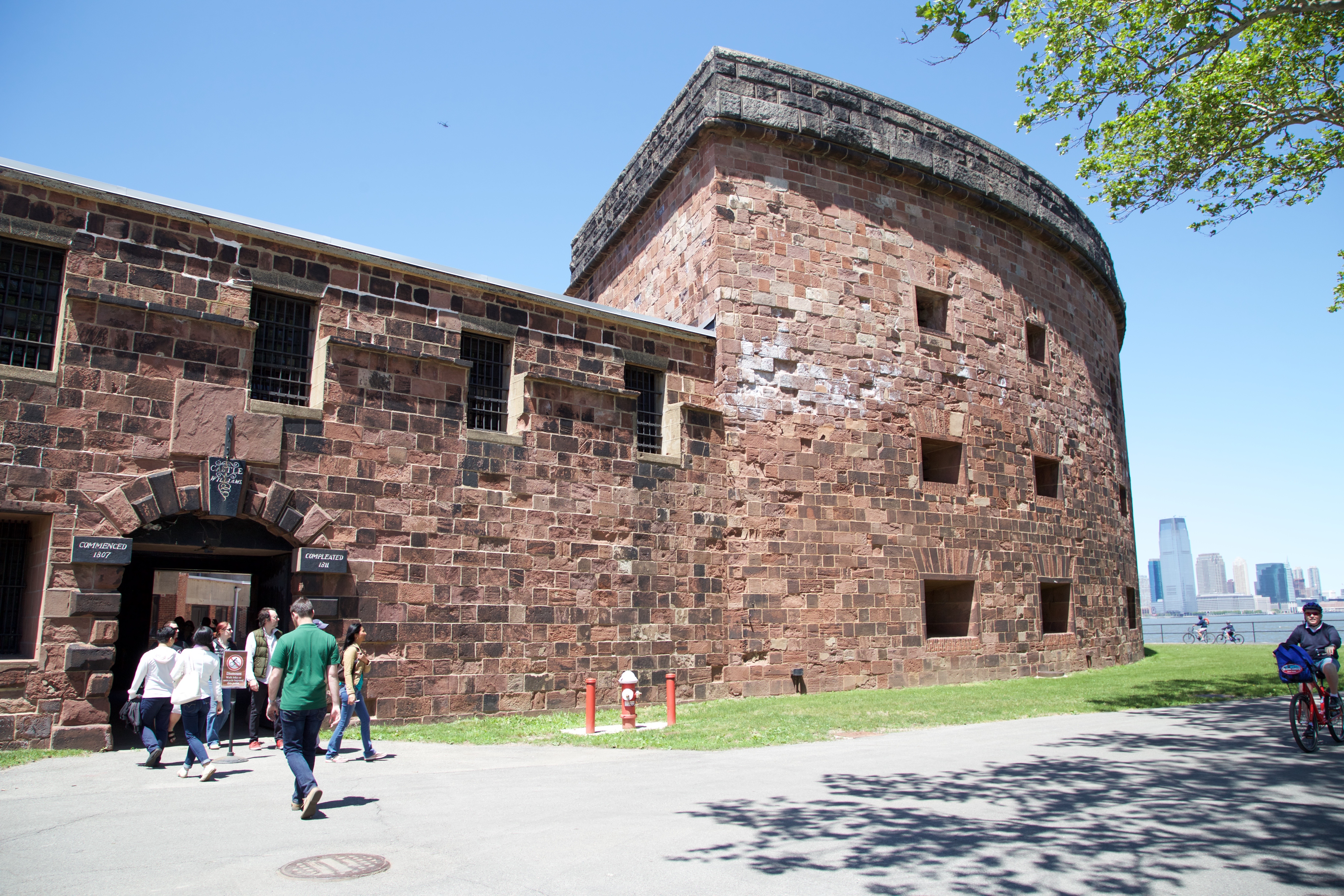
Castle Williams at Governors Island National Monument was constructed in 1811 and was a pioneering design in American fortifications.
Ranger guided tour of Castle Williams at Governors Island National Monument
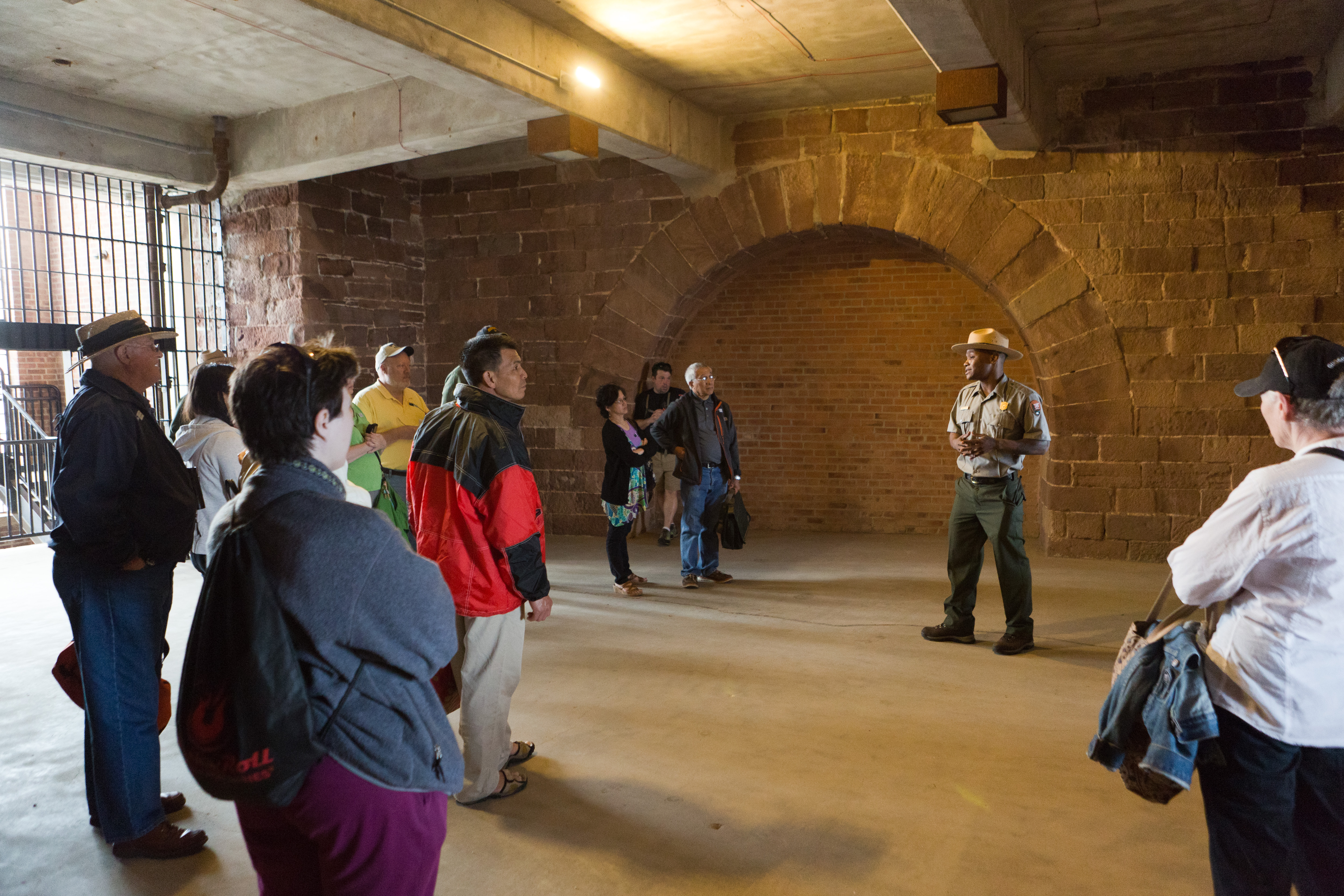
Ranger-led tours of Castle Williams show the pioneering features of fortification architecture that would be used in other masonry forts constructed in the 1800s.
Manhattan from Fort Jay
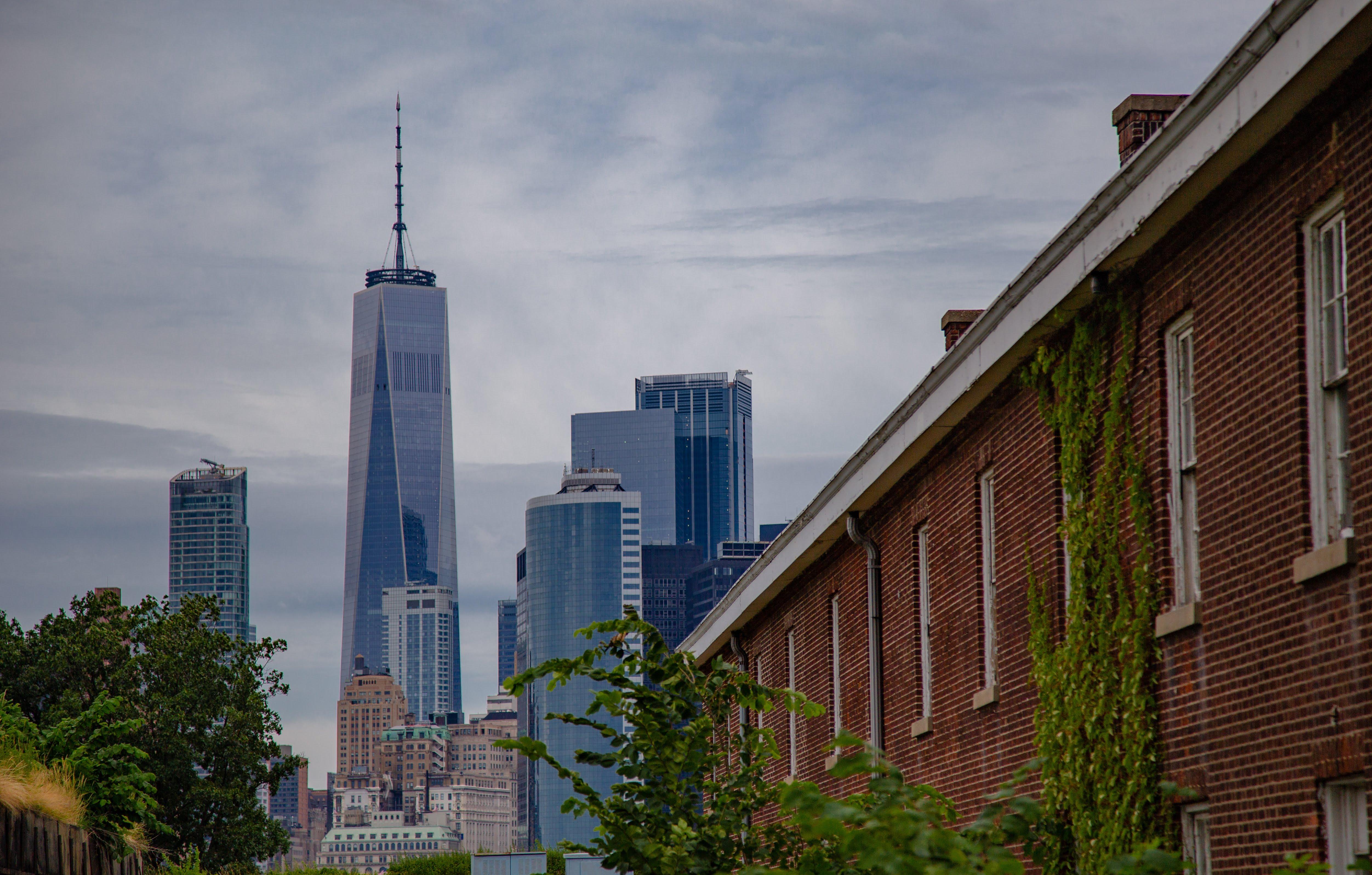
History frames our understanding of the present
Manhattan from Castle Williams
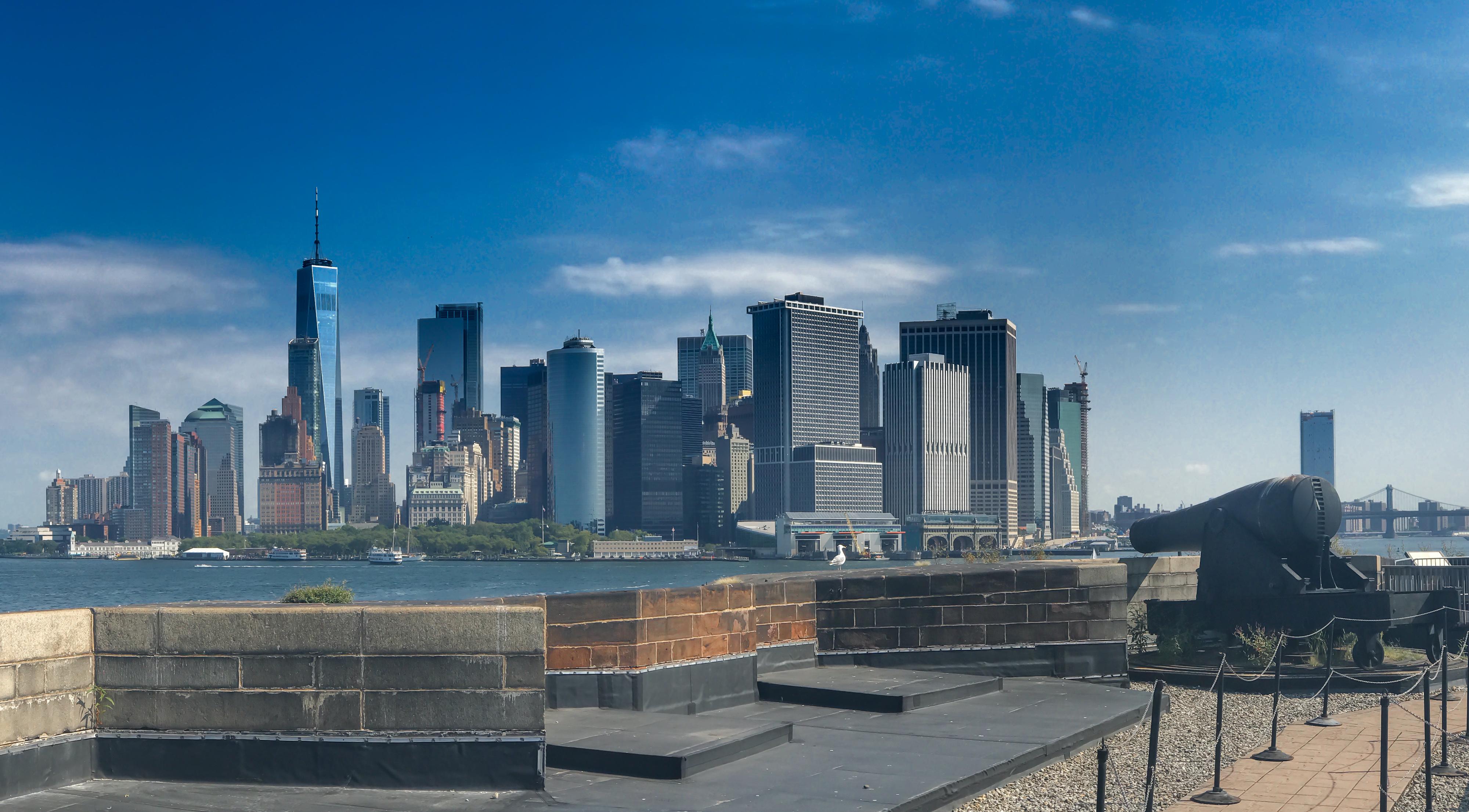
A civil war era canon sitting upon the top of Castle Williams juxtaposes the new and old, with the glimering shine of Manhattan in the background